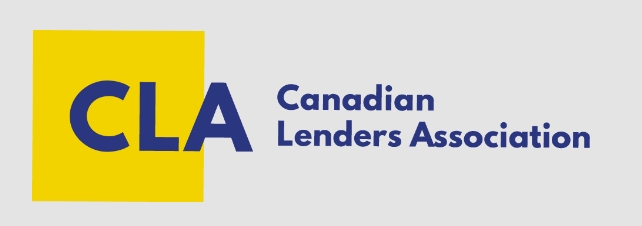How to Dispute Errors on Your Credit Report

We've talked about how to read your credit report. Hopefully, by now, you’ve gotten your hands on your own credit report, either from TransUnion or Equifax. You’ve scanned it and perhaps grimaced as you looked over your less than perfect credit history. You’ve double checked and triple checked your personal information and your employment history and everything seems accurate, even if you don’t like what all of it says.
What if it’s not accurate, though? What if you spot something on your credit report that you’ve already cleared up with your creditor? Perhaps you see something that you don’t recall having any part in, like a cable television account with a provider you have never used. Here's how to dispute errors on your credit report.
Step 1 - Collect Evidence
Collect all the evidence you have to back up your dispute. bills, receipts, emails, confirmation numbers and anything else you have to prove your case.
Step 2 - Contact Your Creditors about Your Credit Report
Contact the creditor associated with the item on your report you wish to dispute. Sometimes, it’s easier to deal with the creditor directly than it is to get the bureau involved. It could be as easy as the creditor seeing a mistake has been made, and correcting it right there over the phone.
Step 3 - Contact the Credit Bureau
If the creditor can’t help you, you should begin the dispute process with the reporting bureau immediately. For TransUnion, you can begin the process online here, or call them via the following methods to discuss your dispute (from their website):
English speakers in all provinces except Quebec: toll-free 1-800-663-9980
French speakers in all provinces and English speakers in Quebec: toll-free 1-877-713-3393 or 514-335-0374 in Montreal
Our Consumer Relations Department is available to assist you Monday through Friday, 8:00 a.m. - 8:00 p.m. ET, excluding major holidays. In Quebec, hours of operation are Monday through Thursday 8:30 a.m. - 5:00 p.m. ET and Friday 8:30 a.m. - 4:30 p.m. ET.
Before you make your call, you must ensure you have all your personal information handy, including previous addresses with postal codes, account numbers and balances, and your social insurance number.
You can also do it by mail, by downloading the forms and following the instructions on this page: click here.
For Equifax, you must complete the forms on this page and mail or fax them in.
The reporting bureau will then conduct an investigation into the matter and, in time, give you their judgment.
Step 4 - Leave a Statement
If you disagree with the outcome of the reporting bureau’s investigation, you have the right to leave a consumer statement on your credit file, explaining the item in question. For Equifax that statement can be 400 characters or less, and for TransUnion, the limit is 100 words. This consumer statement will be visible to all potential lenders who inquire about your credit.
According to the Office of Consumer Affairs in the Canadian government, you can also do the following (from their website):
You may wish to contact your provincial / territorial regulator responsible for consumer affairs (as credit reporting agencies falls under provincial / territorial jurisdiction). Here is the complete list from the Canadian Consumer Handbook.
You can also contact the Federal Privacy Commissioner (except in the case of Quebec, B.C. and Alberta where you should contact the Provincial Privacy Commissioner). The Personal Information Protection and Electronic Documents Act (PIPEDA) also sets out ground rules for how private sector organizations can collect, use or disclose personal information in the course of commercial activities. Under PIPEDA individuals have a right to see the personal information that a business holds about them, to correct any inaccuracies and to lodge a complaint with the Privacy Commissioner of Canada if they are unhappy with how an organization is handling their information.
Please note: If the incorrect information comes from a federally regulated financial institution, the Financial Consumer Agency of Canada (FCAC) website provides additional information on how to get errors corrected.
Hopefully, after these four steps, you’re able to clear up any and all issues with your credit report, and start focusing on improving your credit score.





Leave a Reply